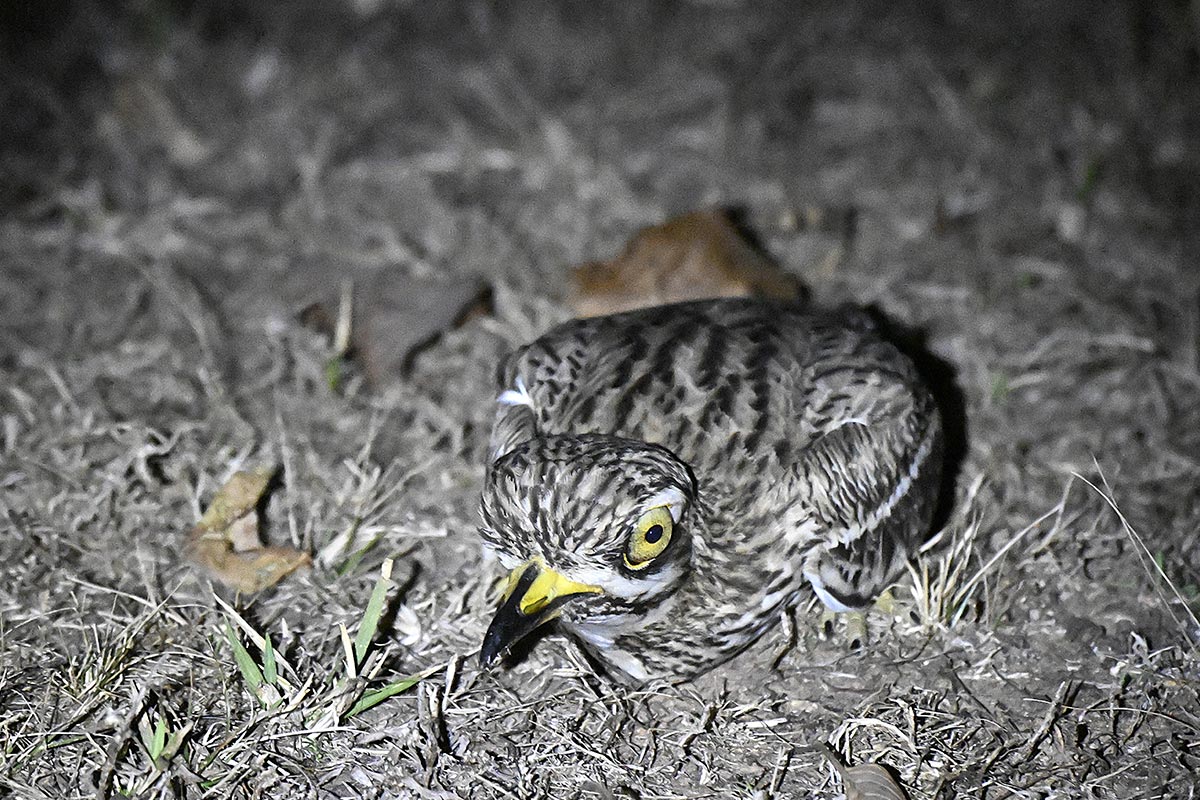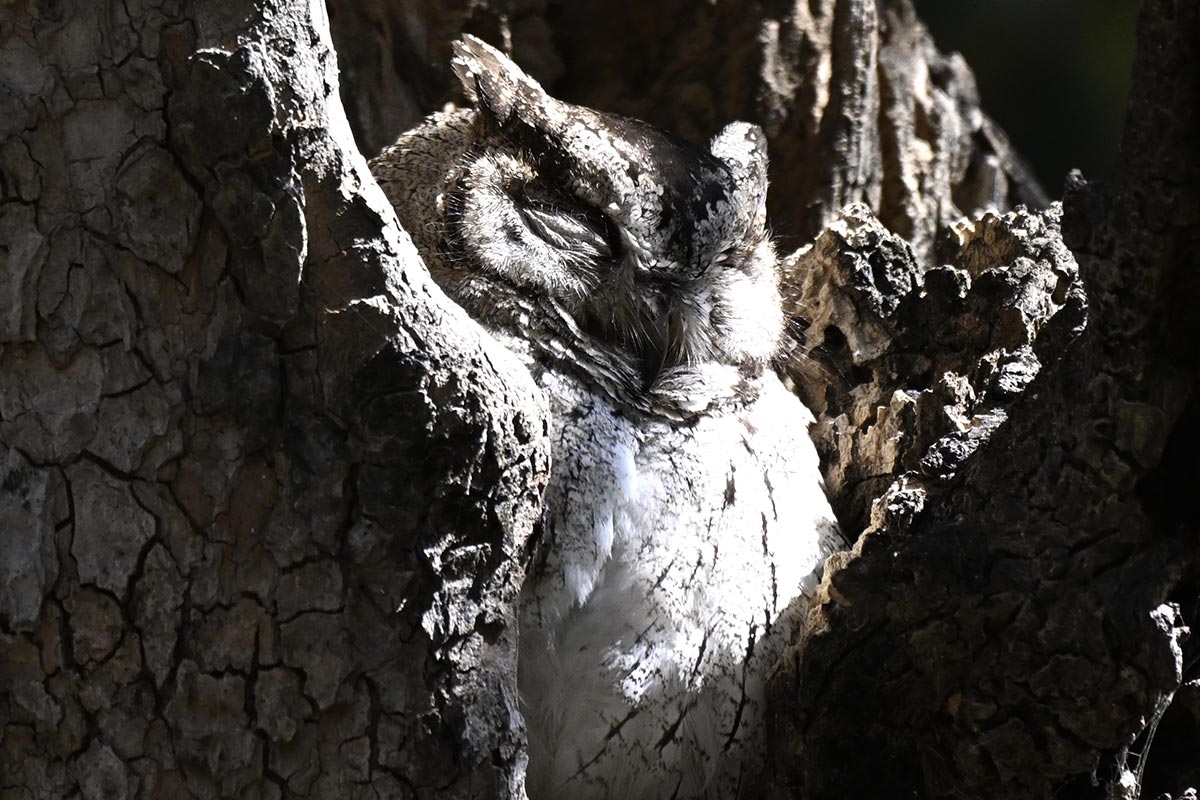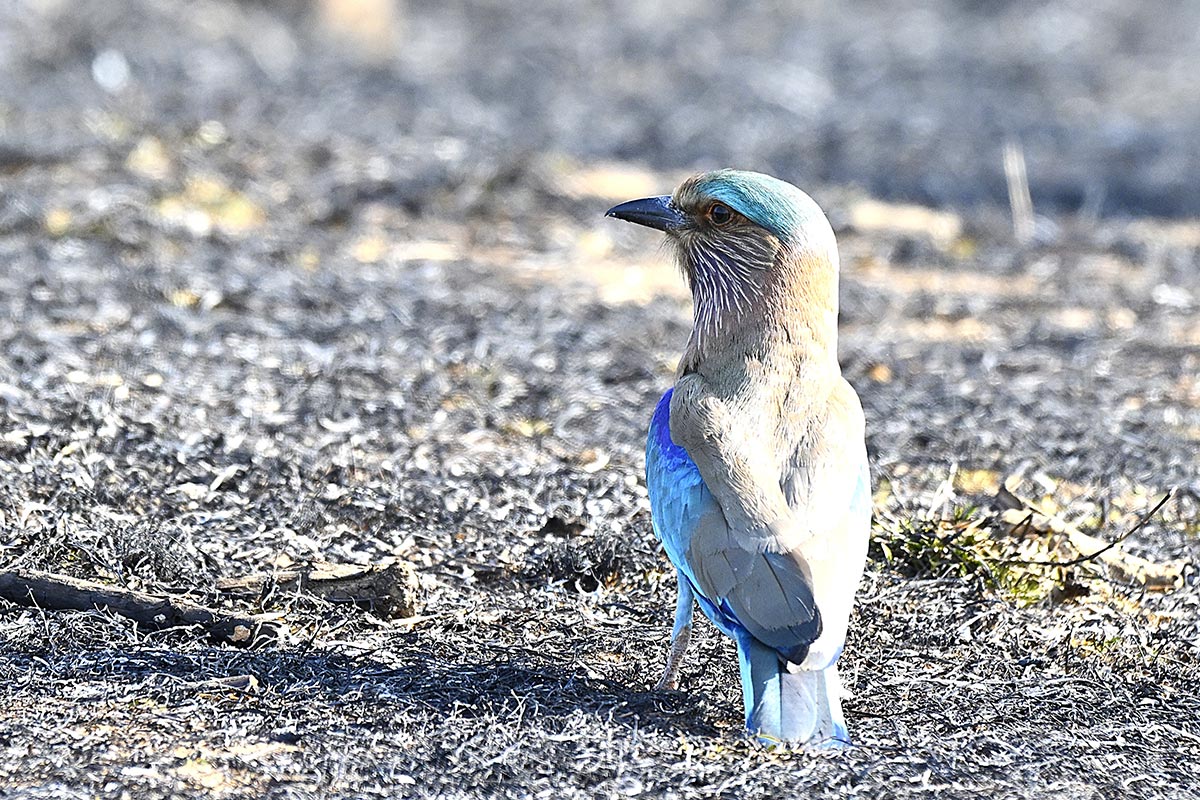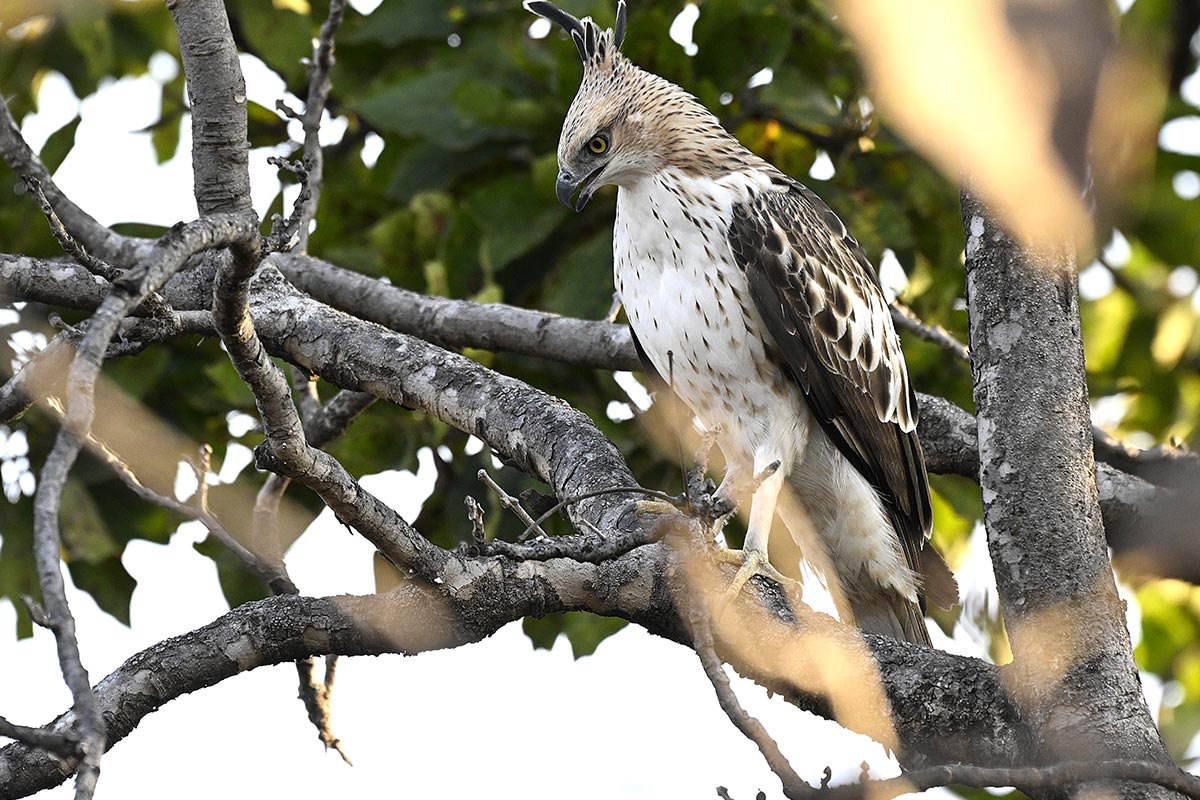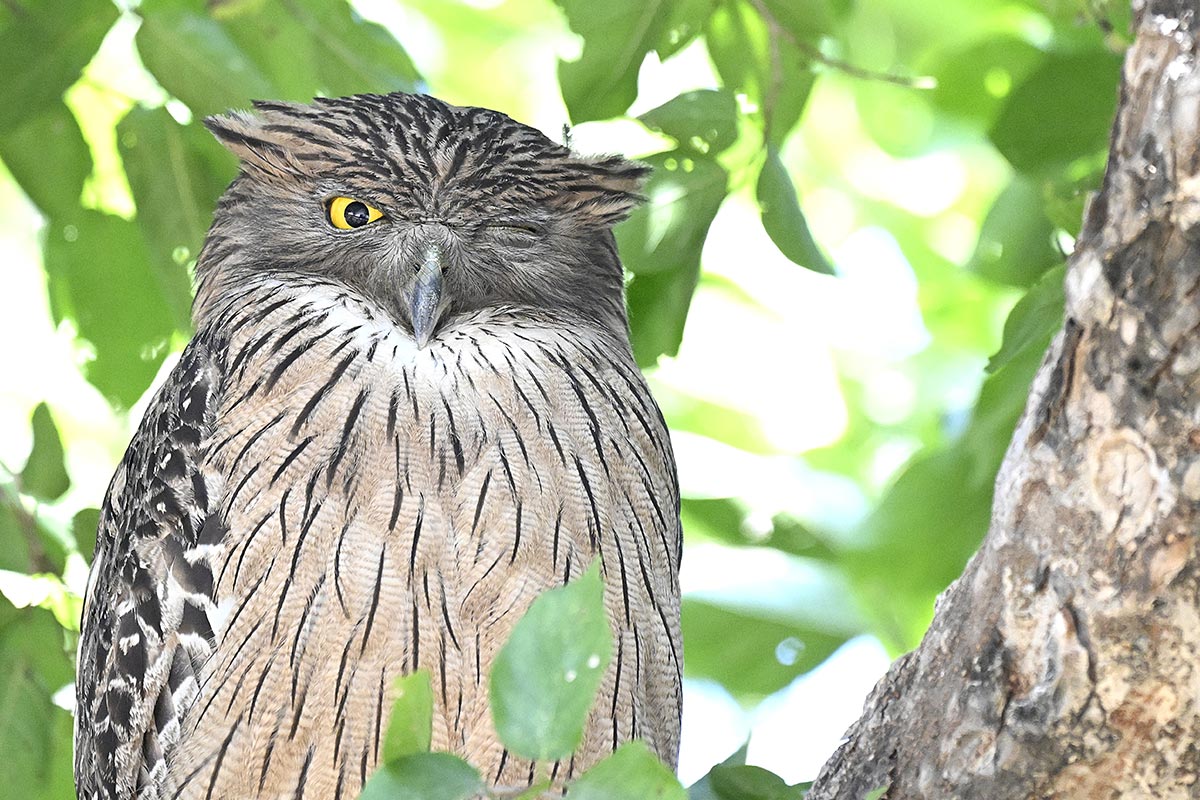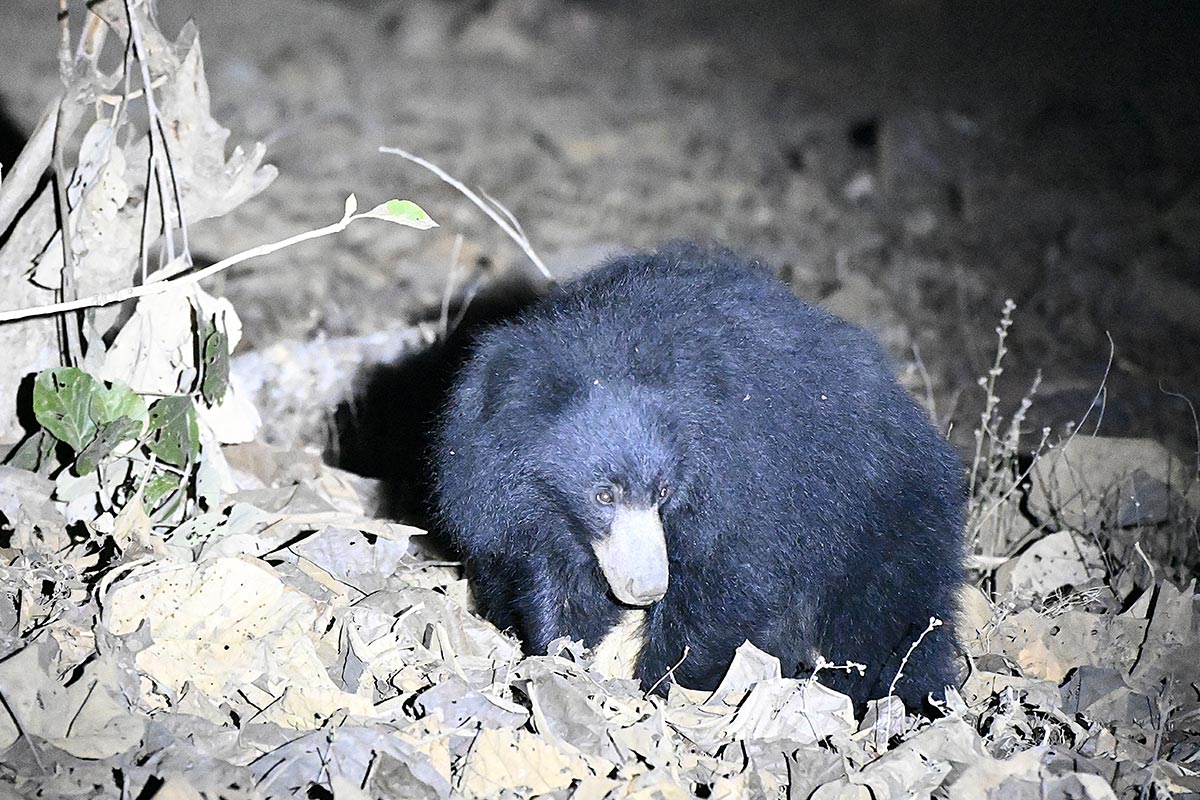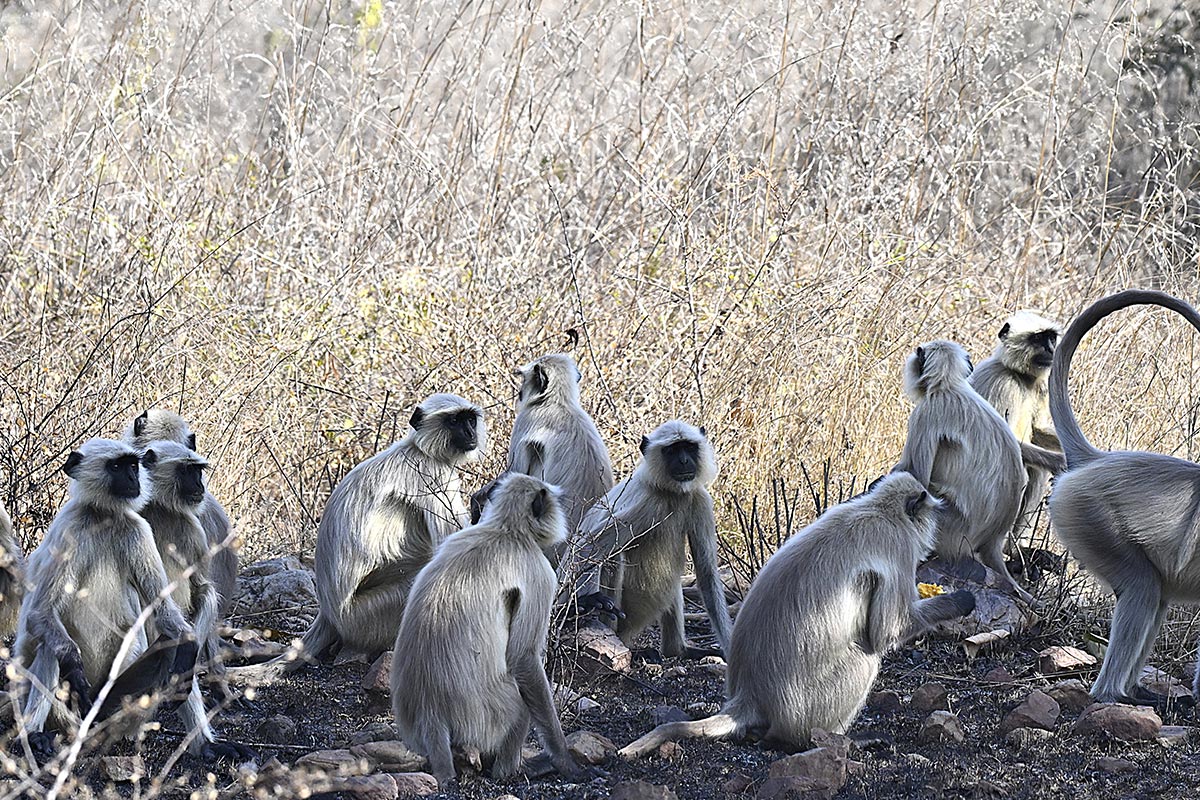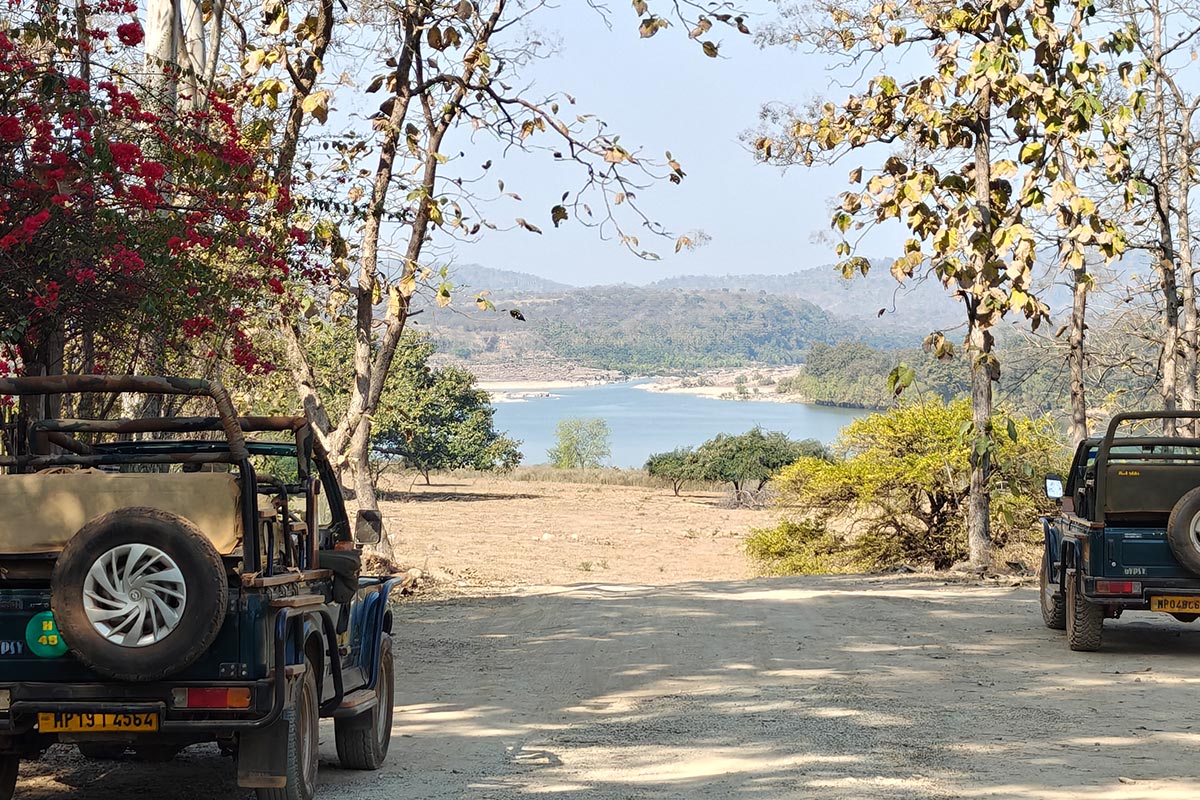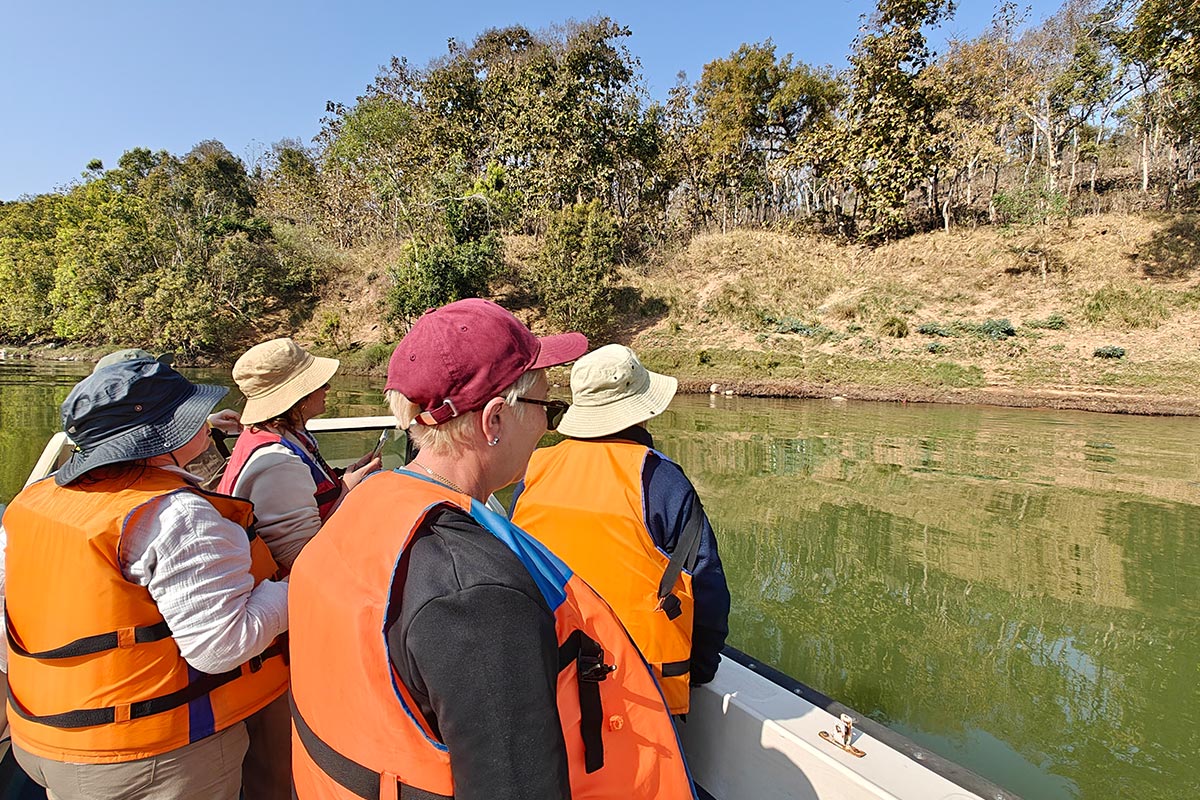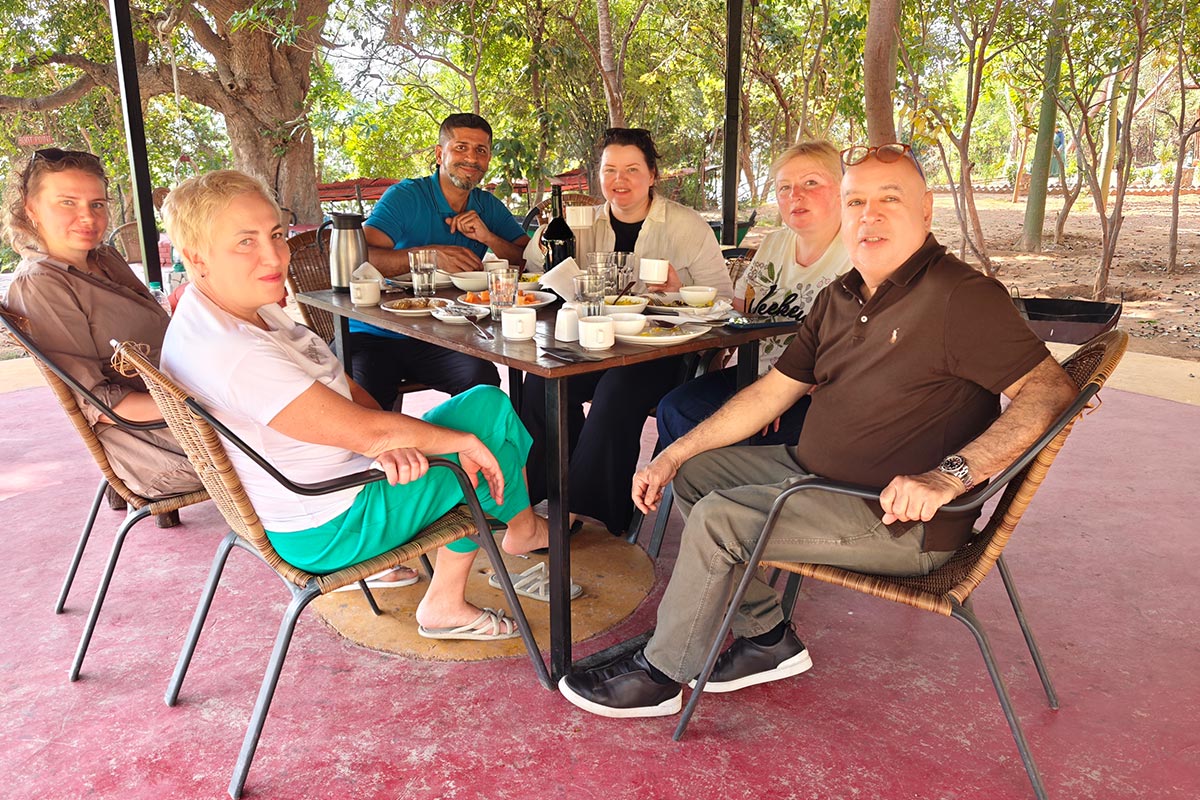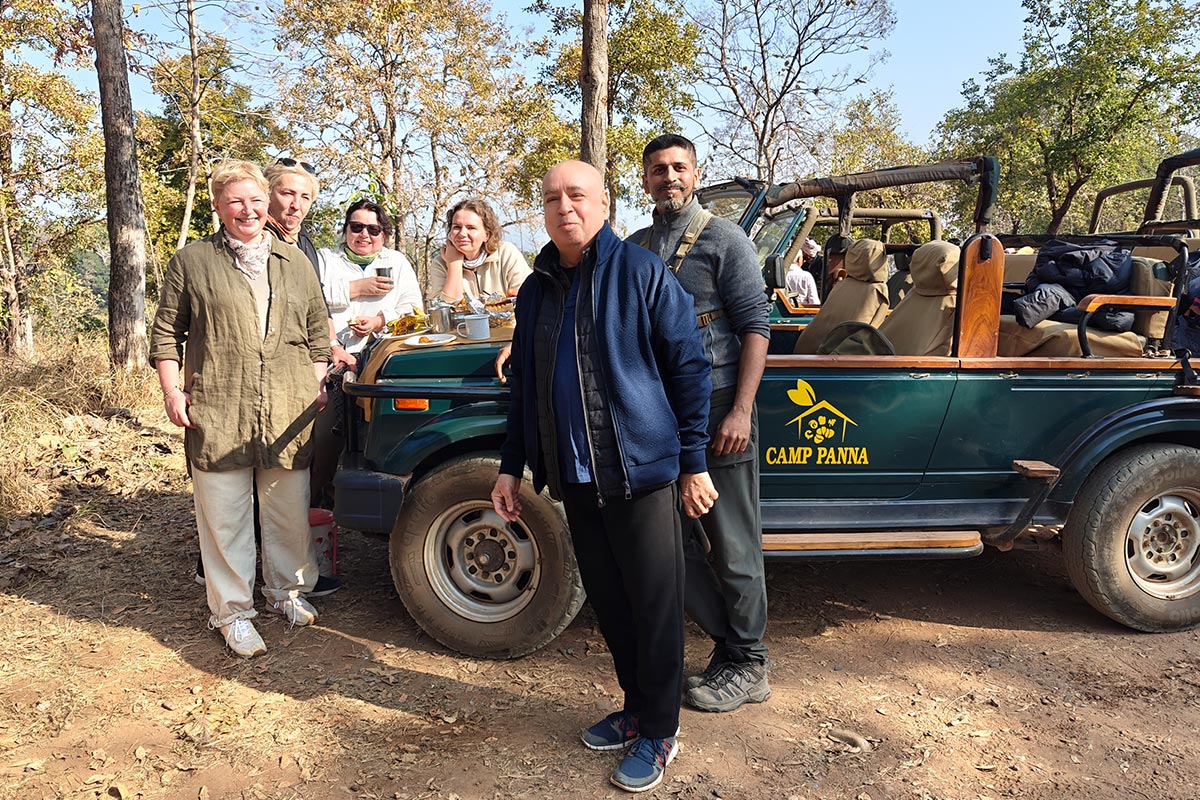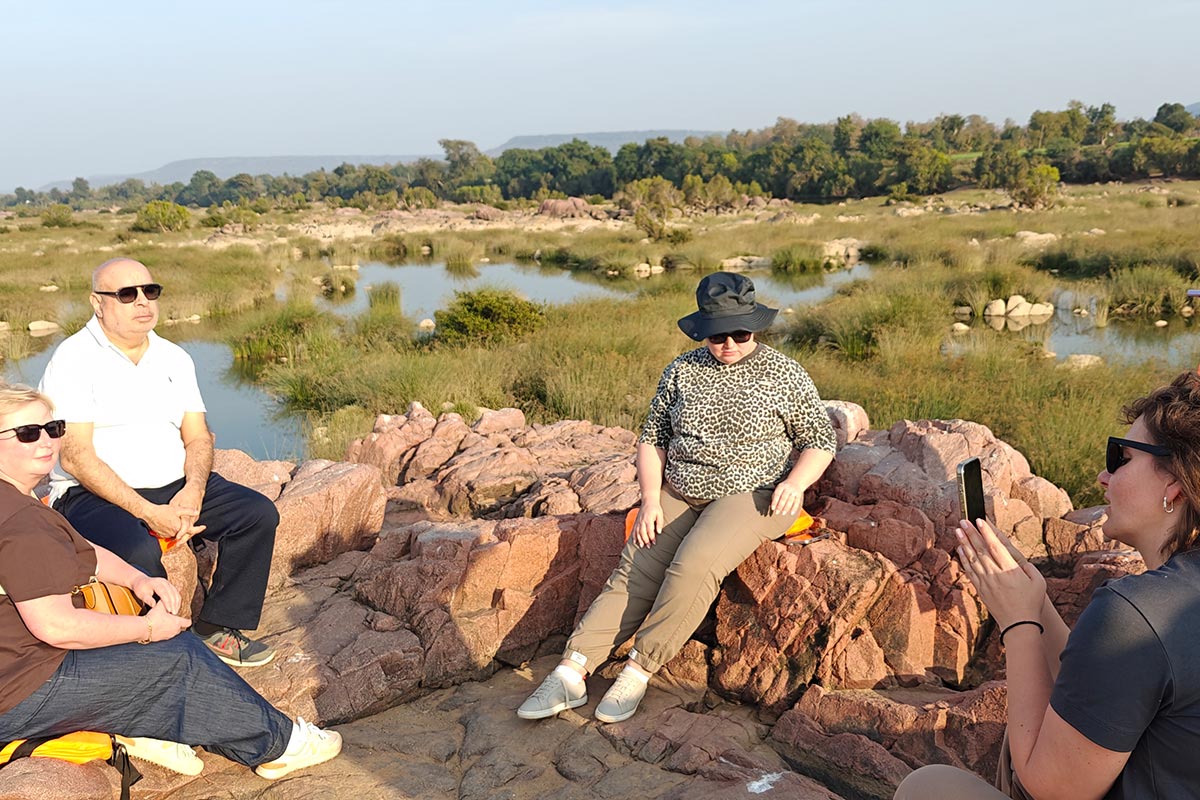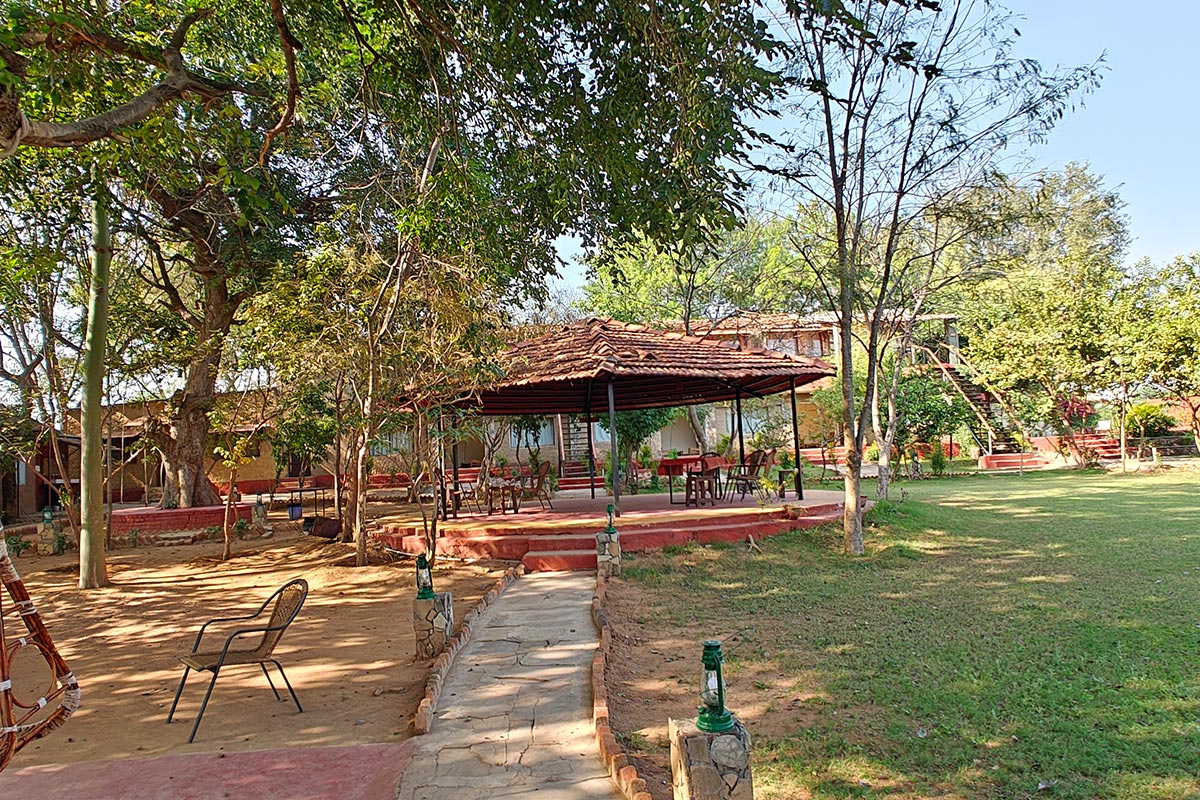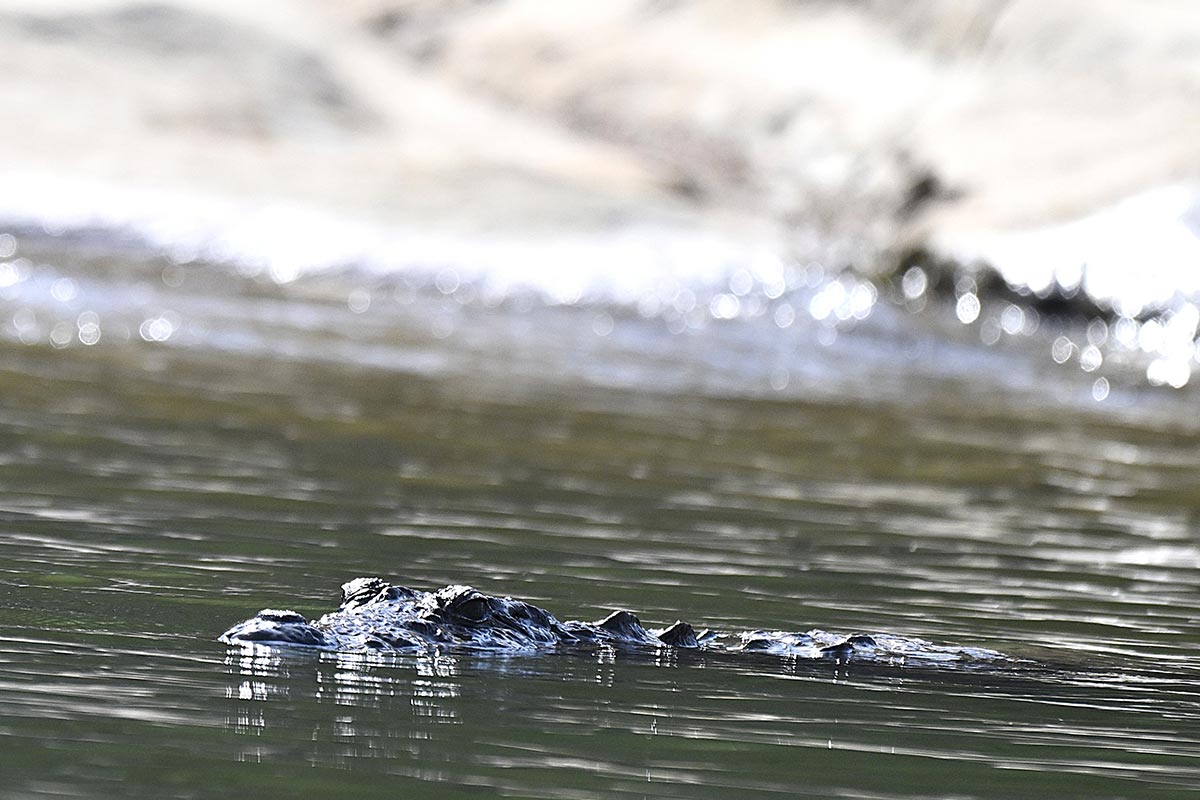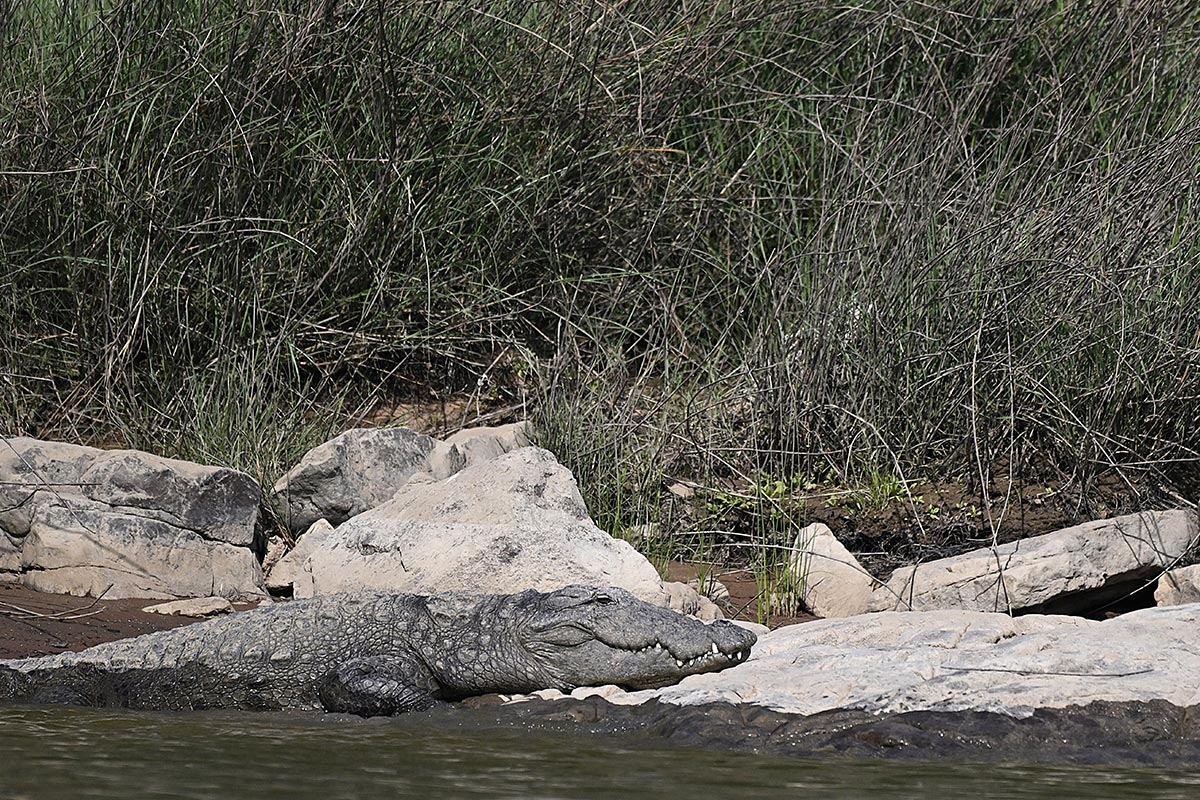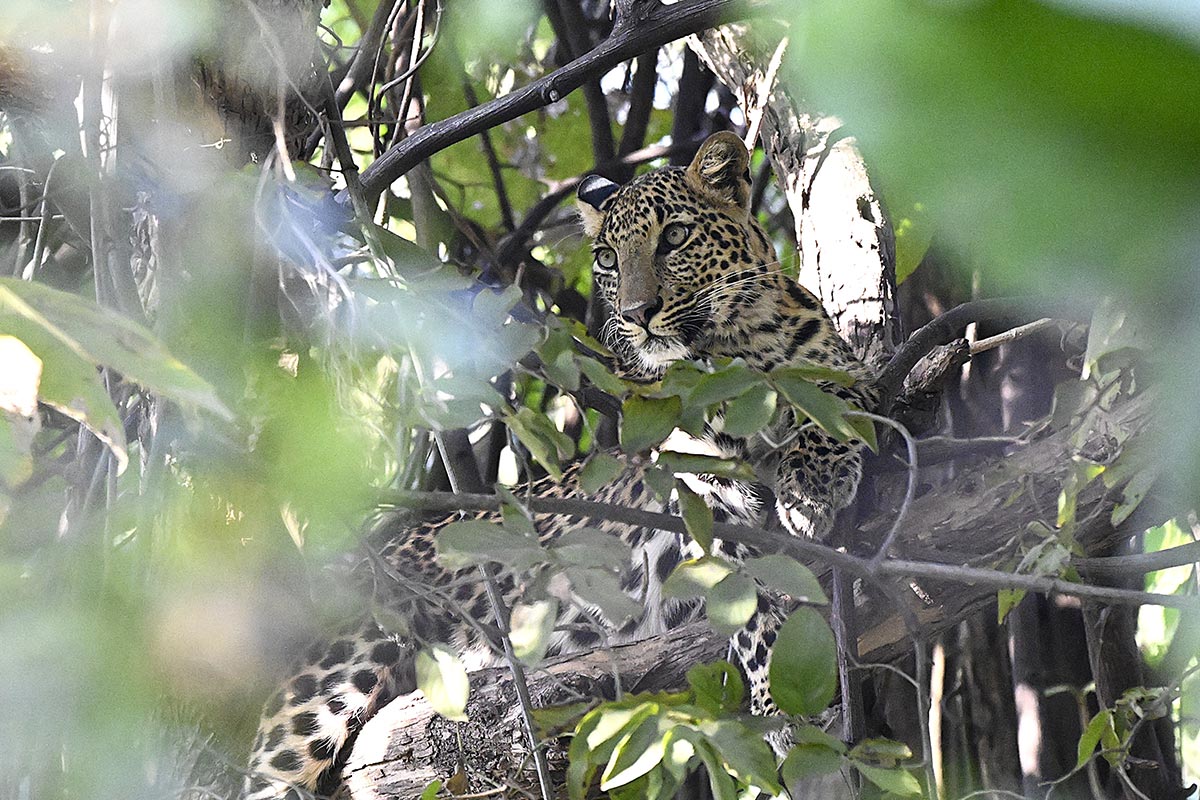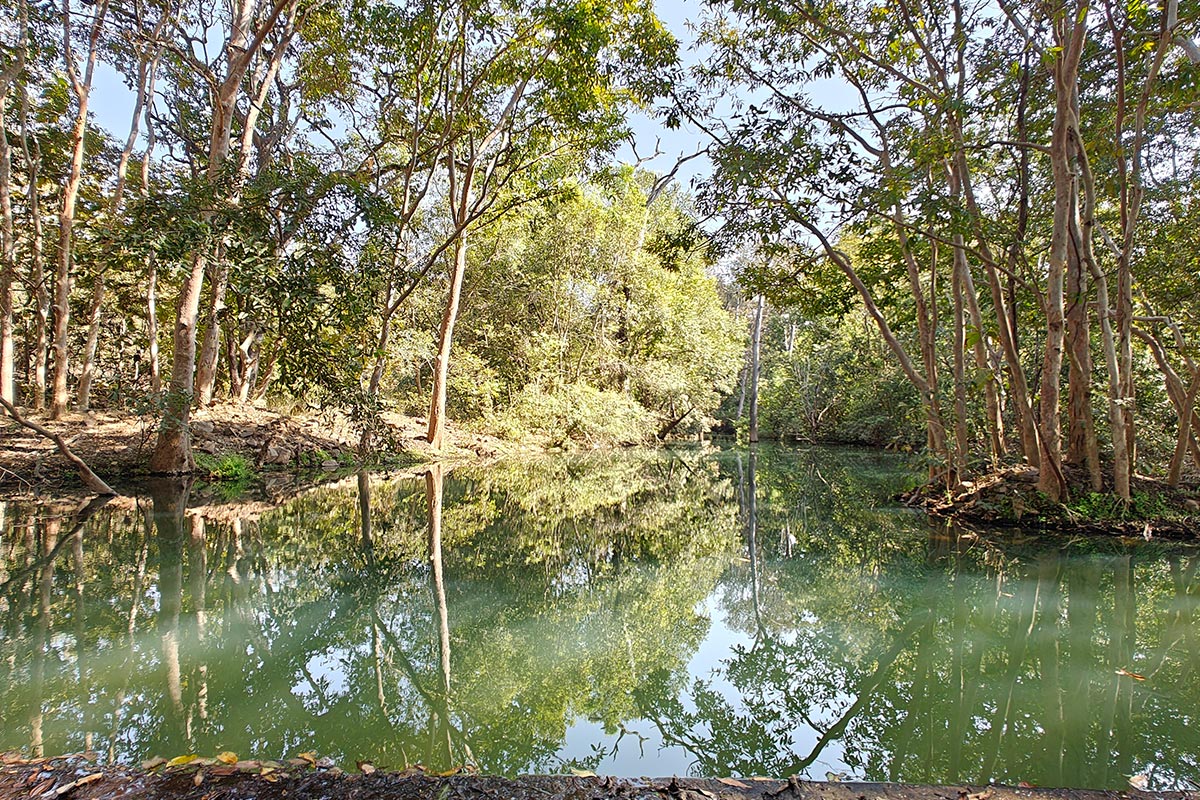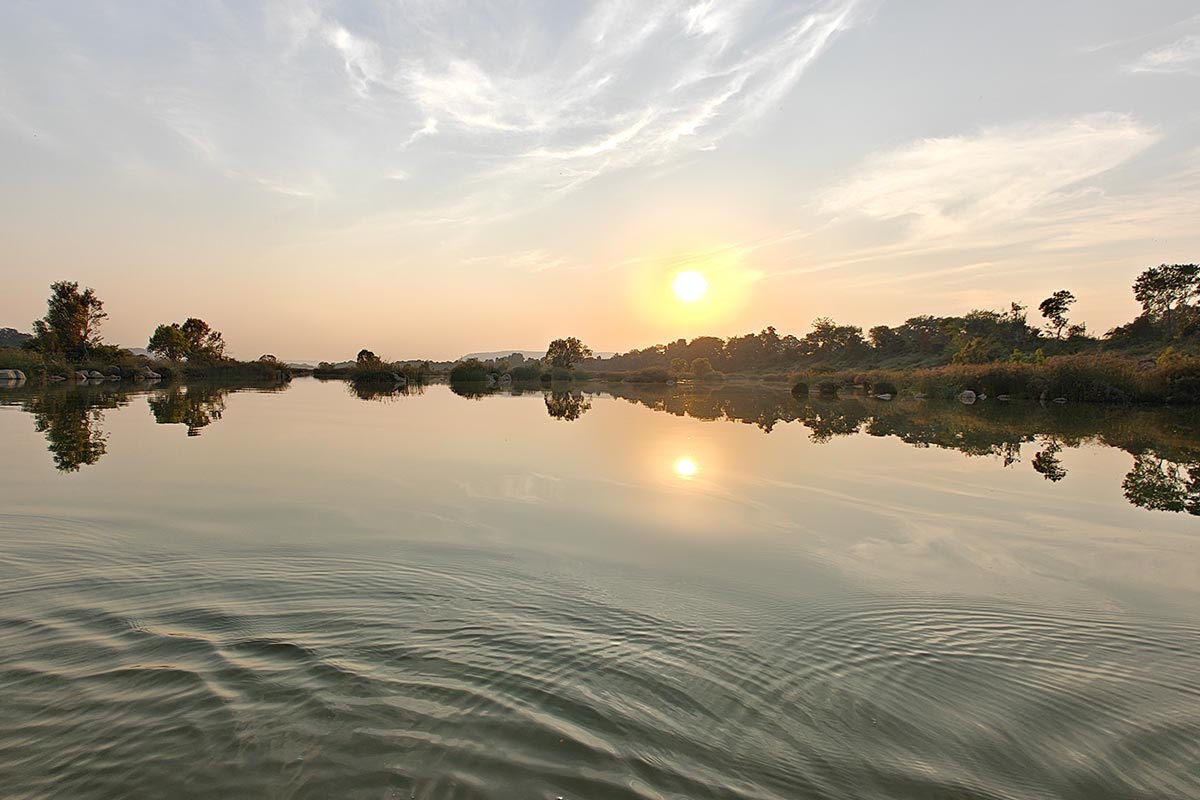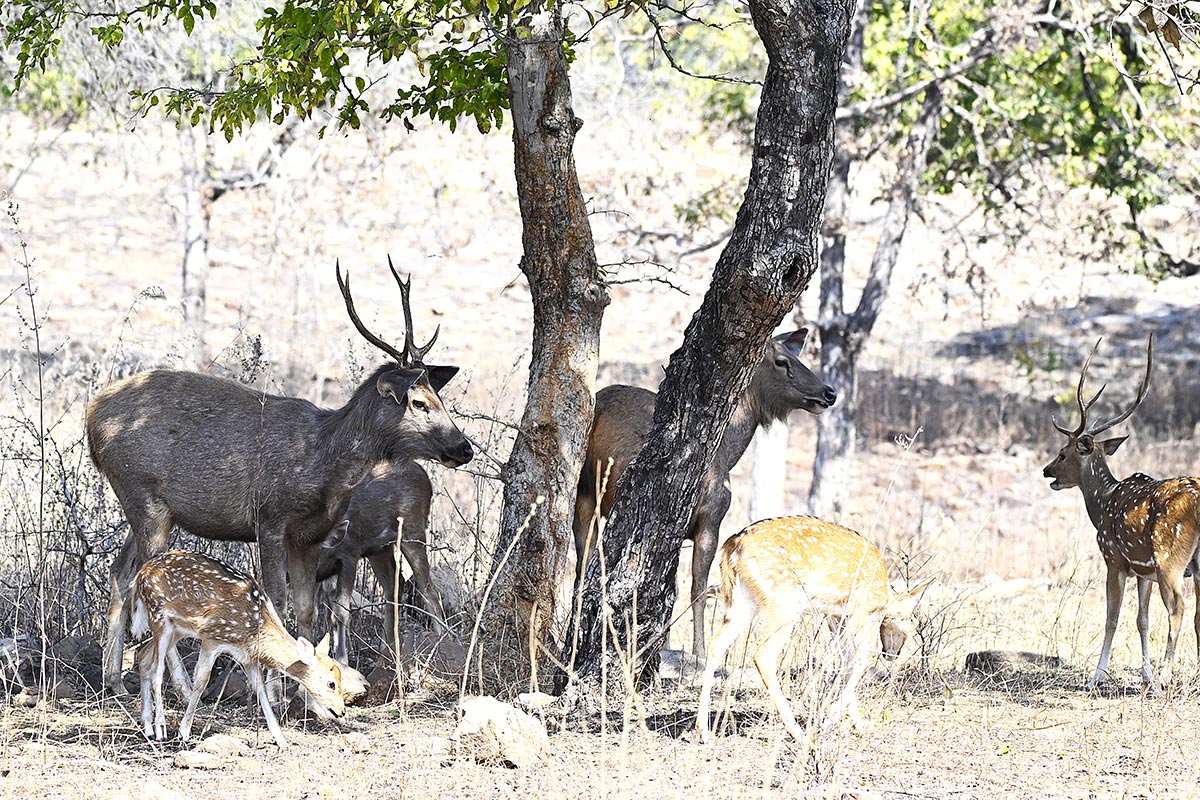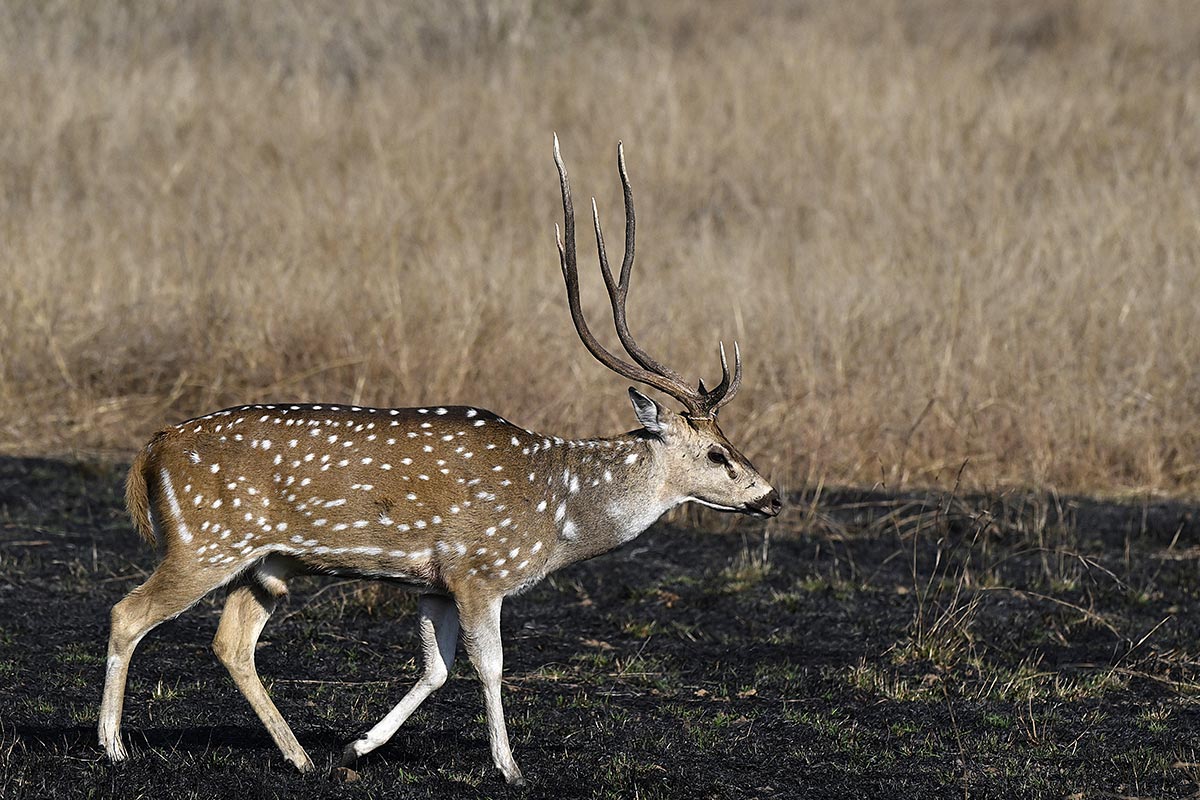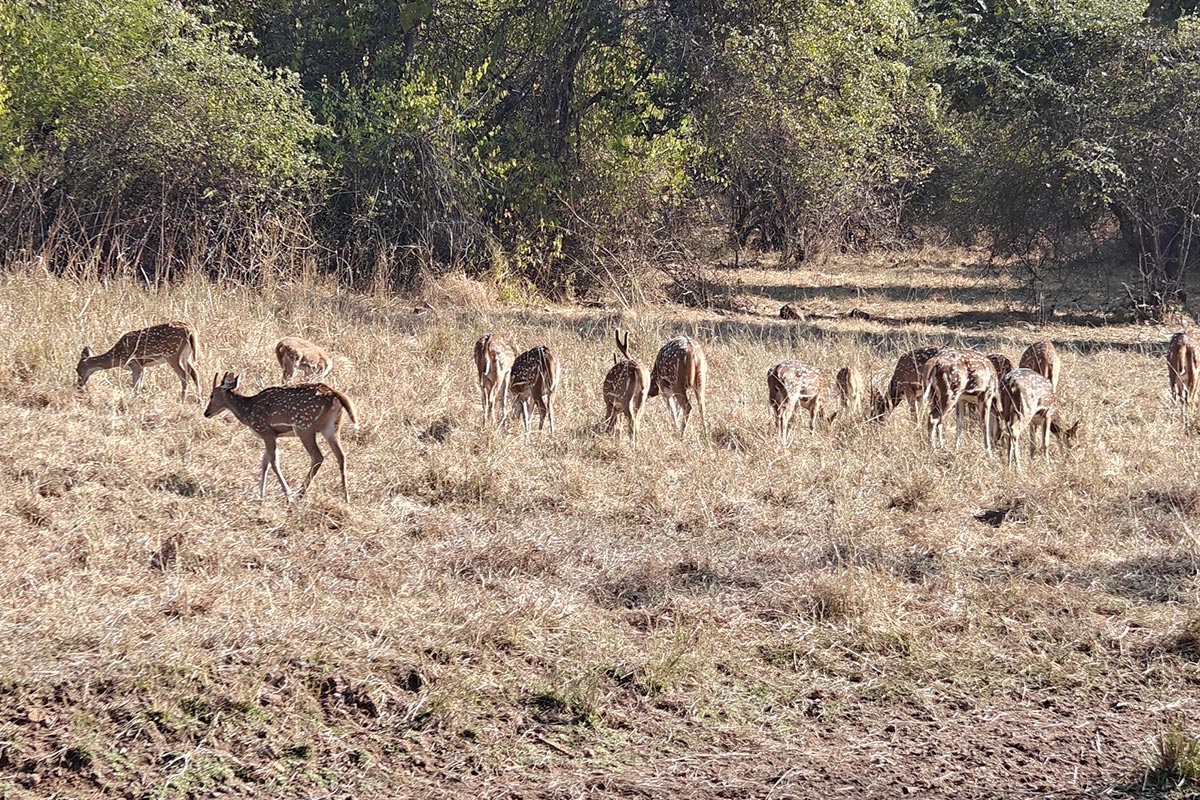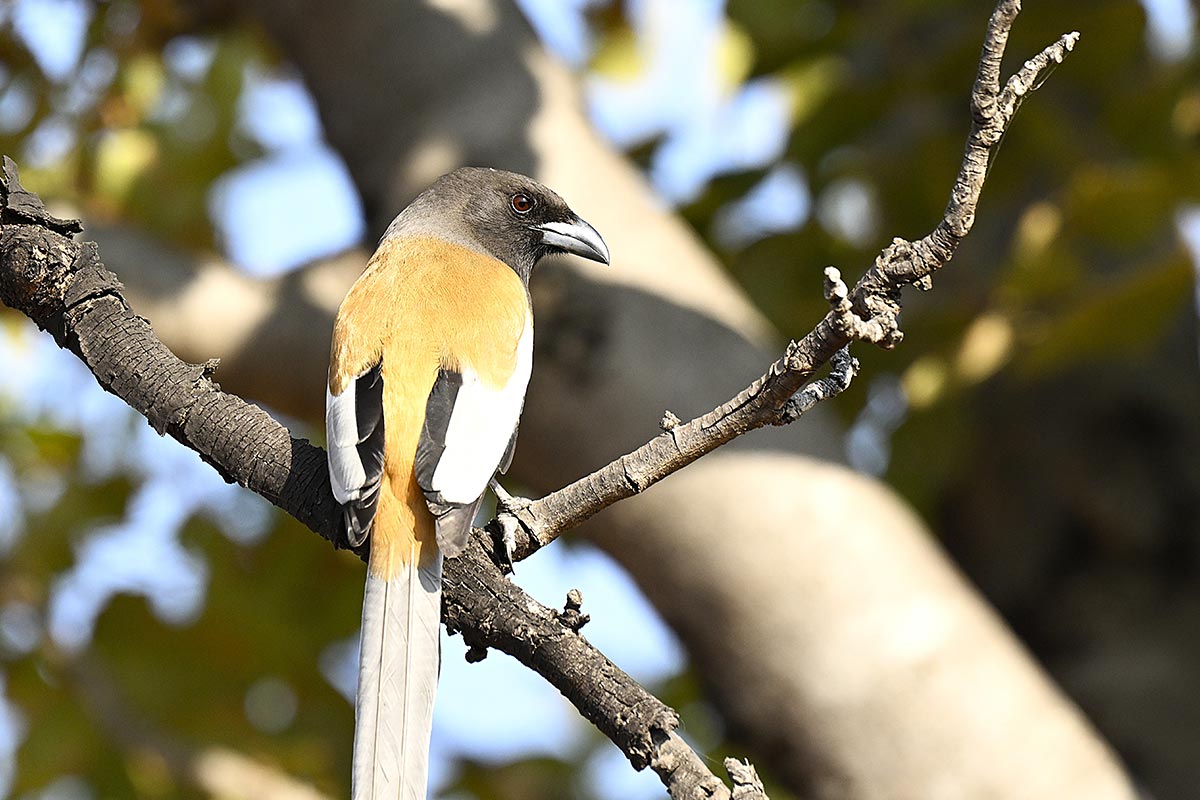3 Nights / 4 Days
9th Feb to
12th Feb 2025
Cold Days / Very Cold Nights
4-6 People
Madhya Pradesh
Introduction
Day 1. 9th February
Visit to Khajuraho Temples
After some extensive planning over the course of a month finally met most the group comprising of Dr. Sudhanshu Tyagi, Maria Zelenskaia, Svetlana Pchelina and Elena Dushutina from Russia at the New Delhi Airport to catch the flight to Khajuraho. After an extensive security check we managed to board the flight at the final call. A short 1 hr. flight later we landed at Khajuraho and decided to have breakfast at Raja Café before heading to the Temples for our guided tour. The group was well versed with Indian food owing to Dr. Tyagi having an Indian Restaurant in Moscow in the early 2000’s and so feasted on Aloo Paratha with fresh dahi and chutney along with Masala Chai. Our guided tour started at noon, and was going well as we covered the first temple over the course of an hour with our guide Mr. Awdesh Kaushik. However, as most had not slept since the night before, as well as the sudden heat of the day exhaustion soon set in and we cut our tour short and headed to Greetoe Camp Panna, where we would be staying for the next 3 nights. Bought some Electral for the group on the way to have them rehydrate and help recover. Post check in everyone retired to the rooms to rest. We had no other activities planned that day, and so it helped everyone ease into the trip. Everyone felt well when we met in the evening, and retired early after dinner as we had an early start the following morning for our first safari in the park.
Day 2. 10 th February. (Monday)
Interaction with the Park Elephants
Panna has grown steadily popular with tourists year on year since one started running tours here in 2016. However, with at least two tigresses having cubs once again in the main tourism zone the safari permits for most gates were sold out many weeks in advance to interested guests. Owing to us booking our safaris just a few weeks prior as opposed to a couple of months prior we could only manage to get our entry into the reserve from the Akola Core Gate for our morning safari. The Akola Core gate was on the far south eastern side of the park and 1 hr. away by cab. Hence we departed by 5:15 AM via a couple of Inovas and went from outside via the highway to the gate, and board our safari vehicles there. The plus point in Panna is that one can enter and exit from any gate, and so even though we had entered from the far side, our safari jeeps would cross the park during the course of the safari and exit from the Madla Gate that was 20 min drive from the Camp. Except for Dr. Tyagi, it was a first safari for all of the group and hence everything was a novelty, be it Peafowl, Sambar, Spotted Deer, Nilgai, a fabulous Crested Hawk Eagle and even two Asiatic Jackals. One of the major highlights came once we got down into the middle Hinouta Plateau from the higher Talgaon Plateau we had been on, and the group caught sight of the Elephants housed near the gate that were used for patrolling by the park. As they were very keen to see them up close, we spent the next 30 min with them and got to see three young calves ranging from one barely 2 months old, to another two between 4-12 months old. We were also privileged to see “Vatsala”, who at 110 years old currently stands as the oldest living Elephant in the world, as she was fed and nurtured by her full time guard and caretaker. This was the first time over many years one was unable to visit Dundhuwa Seha Gorge, as the Bull Elephant from this team of Panna Park Elephants had escaped and was running rampant there. Hence it had been closed for tourism since the previous day awaiting his capture, before they would decide to open it. Post that we drove down towards Pipartola camp, even diverting for a short bit enroute to chase down a possible tiger sighting by another jeep, only to find out the message was false. Had a lovely Breakfast at Pipartola Camp with the group enjoying a troop of Grey Langurs eyeing us curiously from outside the fence. The next highlight of our morning came as we made our way back toward Madla Gate after breakfast, as we encountered a tiger laying across the track a few minutes in.
Running into a Lone Tiger Cub
The bigger surprise was that it was a 7-8 month old cub and that it was alone. Tiger cubs are usually not
seen away from their mother until a little over a year old, and so this was a surprise. It was one of the 4
cubs from the resident tigress “P141’s” current litter and had got separated from the family since the
past couple of days. It was alertly crouched on the road in front of our jeeps and eyeing something that
had made it wary and a bit scared. However, we were unable to see what had caught it’s attention in
the bush nearby, and never did, as it got up and started walking and trotting off further down the road
in front of us. The jeeps realized the time for the gate to close for the morning was almost upon us, and
added a slight urgency in their movement as we followed the cub. This spooked the cub soon enough
and it took off down the road before entering the bush to the side near the river 100m further on and
sat there as we passed by in urgency. The final highlight of the morning was a great view of a Brown Fish
Owl sitting perched upon a thick branch of a shaded tree as we crossed a dry streambed nearing the
gate. A great morning all in all.
Afternoon High Tea on Island near Lodge
We were joined by our last group member Marina Yanvareva early in the afternoon after she had flown in earlier that morning from Delhi and done the Temples tour organized for her. Our Evening had us booked for the Night Safari in the Jhinna Buffer located 30 min from the camp. However, the camp organized a very lovely and exciting cutomised high tea experience by rowing us via their personal boat to a nearby island in the river.
Night Safari Experience in the Buffer Zone
The Night Safari was a wonderful and new experience for the group as we got lucky with 5 Sloth Bears, but only counted the final two who we could see very clearly as we headed back out near the end. The other highlights were 3 different Common Palm Civets, an Indian Thicknee, and a Savanna Nightjar. The group also enjoyed their personal refreshments and snacks when we parked out in an open field under the moonlight and thus thoroughly enjoyed the experience even more. Good news awaited us once we got back from our Night Safari. We were informed by the lodge that our safari tickets from both Hinouta and Akola Core gates for the following morning had been shifted to Madla gate on account of a religious festival that was taking place at a shrine located in that part of the forest. The entire Hinouta plateau was closed for tourism the following day and hence we could sleep in for an hour longer and enjoy entry from the close by Madla Gate.
Day 3. 11th February
Heavy Alarm Calls all Morning
The morning saw us enter post 6:30 AM to avoid entering with the logjam of the vehicles at that hour. As we headed close to the river we saw the tracks of an adult female tiger and then heard multiple spotted deer and sambar alarms from near the river bank close to us. The driver and the guides said the tiger was most likely “P151” Who currently had two 4 month old cubs as well. The safari motorboat also came to the point where the spotted deer had been calling, and kept trying to locate the tigress, but were as unsuccessful as the rest of us. We then decided to go upto Suarkoh plateau slightly above the river valley, as alarms of Sambar deer had been taking place there as well. As we were watching a small family of Sambar there, we were alerted by the alarms of Sambar and Spotted Deer from further up near the Pakkagadha-Chwai junction and their densely covered slopes. Tracked a Sambar alarm there, which went quiet a few minutes later, and so decided to go and do a motorboat safari as the group had been looking forward to for some time. Owing to a queue for the boat ride when we got there, we decided to have our breakfast as we waited.
Motorboat Safari
Soon all the vehicles had left and we were told that it was because P151 had been sighted with a Sambar Kill in the Pakkagadha-Chwai junction (exactly the area we had tracked and left the Sambar alarm a little over an hour ago that morning. We decided that we would go check on her whereabouts after our short 20 min Motorboat Safari. The boat safari was a wonderful experience for all and yielded multiple crocodiles, be they basking on the riverbank and islands in between or swimming in the water.
Missing a Tiger
Looking to head to the tiger after, we were told she had moved down toward the valley to possibly collect her cubs and take them to the kill site. At 4 months old they were still too young to eat meat and still suckling on her milk, but keeping them with her as she fed on the kill would be always more secure for them. We drove to a an evergreen Jamun and Arjuna grove full of water near the river called “Joodi” in anticipation the cubs were near the river across from where we were parked and heard the multiple spotted deer call early in the morning. Alas the time passed and she never came, as she had her cubs hidden in between Joodhi and the area she had made the kill above and had taken them to the kill in full view of everyone who had been stationed above. Such is the luck at times.
Fantastic Leopard Sighting during the Afternoon Safari
That afternoon we decided to go to the gate early, so we would be one of the first few jeeps at the site of the kill, and hopefully catch her and/or the cubs as they crossed to a nearby waterhole to cool off and drink water. It was our last safari, and so enjoying some ice cream at the gate before we entered helped cool us off as well. The early entry didn’t help our tiger cause however, as the afternoon heat had her probably sleeping in the shade somewhere inside near the kill. We decided we would go to Pipartola Grassland and enjoy a couple of hours there and the river views before coming back and trying for her and the cubs closer to the evening.
Little were we to know how special the next hour or more on safari was to be. As we approached the area of the track near the river where we had seen the lone tiger cub the previous morning, both our jeeps stopped and scanned around the bushes and the trees as there had been a Leopard seen there that morning. It must have been just over a minute when the guide with our group in the other jeep pointed there was a leopard in the tree. The fact that all one could see was the dark clumps of branches silhouetted under the canopy of the tree made the spotting all the more incredible. It was only when I looked at the spot pointed at with my binoculars that I noticed the rosette covered body of the Leopard sleeping in between the branches 10m up in the tree. As I took off the binoculars to hand them to others in the group I noticed the dark form of the Leopards tail suddenly swing down in the silhouette against the sun. The viewing angle at that point was not the best as the angle didn’t offer us a proper view of the Leopard’s face and just the body. Our driver Kamlesh however maneuvered a bit further up on a slight slope on the track, and found us the perfect window between the leaves to view the sleeping leopard 40ft away. The next hour had one get some fabulous views and pictures through that window we were afforded between the leaves and make our memories complete.
False Alarm at Pipartola Grassland and a Giant Crocodile Sighting
Having watched the Leopard to our hearts content and then some (a very rare statement to make when speaking about Leopards) we decided to go on ahead and enjoy some of the viewing at Pipartola Grassland before heading back and taking a chance with P151 and her cubs. Saw one of the biggest Crocodiles (13-14ft) basking on a green grassy bank across the river as well as some good birding, before getting a false alarm from a group of spotted deer near the edge of the grassland as they dashed off 20m from their spot and stared back and gave a few alarms. We thought there might be a possibility of P141 or even her stray cub we had seen the previous morning. Alas 15 min later the culprit appeared as a Wild Boar and had us slap a mental palm to the forehead.
Tigres with 2 young Cubs
The alarm certainly delayed us from the best views of P151 and her cubs as we got to the spot around 40 min later, something our other jeep had and enjoyed, but thankfully we did get a decent last view of her as she lay in the forest 30m away and of both her cubs frolicking around her, before she got up and walked deeper inside toward the kill with the cubs in tandem. A great way to end a very successful two days in the forest.
Day 4. 12th February
Final Morning just rested in, had a late breakfast highlighted with an experiment of Bailey’s with Masala Chai to add to some great tastes one has had over the years. Caught our Flight back to Delhi later in the Afternoon and bid adieu to the group in Delhi.
Trip Ends.
Panna Bird List
- Grey Francolin (Francolinus pondicerianus)
- Indian Peafowl (Pavo cristatus)
- Indian Spot-billed Duck (Anas poecilorhyncha)
- Little Grebe (Tachybaptus ruficollis)
- Painted Stork (Mycteria leucocephala)
- Asian Openbill (Anastomus oscitans)
- Black Stork (Ciconia nigra)
- Wooly-necked Stork (Ciconia episcopus)
- Lesser Adjutant (Leptoptilos javanicus)
- Indian Pond Heron (Ardeola grayii)
- Grey Heron (Ardea cinerea)
- Cattle Egret (Bubulcus ibis)
- Little Egret (Egretta garzetta)
- Little Cormorant (Phalacrocorax niger)
- Great Cormorant (Phalacrocorax carbo)
- Black Kite (Milvus migrans)
- Black-winged Kite (Elanus caeruleus)
- Grey-headed Fish Eagle (Ichthyophaga ichthyaetus) [Heard]
- Indian Vulture (Gyps indicus)
- Red-headed Vulture (Sarcogyps calvus)
- Crested Serpent Eagle (Spilornis cheela)
- Shikra (Accipiter badius)
- White-eyed Buzzard (Butastur teesa)
- Crested Hawk Eagle (Nisaetus cirrhatus)
- White-breasted Waterhen (Amaurornis phoenicurus)
- Common Moorhen (Gallinula chloropus)
- Indian Thicknee (Burhinus oedicnemus indicus)
- Red-wattled Lapwing (Vanellus indicus)
- Common Pigeon (Columba livia)
- Eurasian Collared Dove (Streptopelia decaocto)
- Spotted Dove (Stigmatopelia chinensis)
- Laughing Dove (Stigmatopelia senegalensis)
- Yellow-footed Green Pigeon (Treron phoenicopterus)
- Alexandrine Parakeet (Psittacula eupatria)
- Rose-ringed Parakeet (Psittacula krameri)
- Plum-headed Parakeet (Psittacula cyanocephala)
- Common Hawk Cuckoo (Hierococcyx varius)
- Greater Coucal (Centropus sinensis)
- Indian Scops Owl (Otus bakkamoena)
- Jungle Owlet (Glaucidium radiatum) [Heard)
- Spotted Owlet (Athene brama)
- Brown Fish Owl (Ketupa zeylonensis)
- Savanna Nightjar (Caprimulgus affinis)
- Common Hoopoe (Upupa epops)
- Indian Roller (Coracias benghalensis)
- Stork-billed Kingfisher (Pelargopsis capensis)
- White-throated Kingfisher (Halcyon smyrnensis)
- Pied Kingfisher (Ceryle rudis)
- Green Bee-Eater (Merops orientalis)
- Indian Grey Hornbill (Ocyceros birostris)
- Coppersmith Barbet (Megalaima haemacephala)[Heard]
- Lesser Goldenback (Dinopium benghalense)
- Common Woodshrike (Tephrodornis pondicerianus)
- Small Minivet (Pericrocotus cinnamomeus)
- Long-tailed Shrike (Lanius schach)
- Black Drongo (Dicrurus macrocercus)
- White-bellied Drongo (Dicrurus caerulescens)
- Black-hooded Oriole (Oriolus xanthornus)
- Rufous Treepie (Dendrocitta vagabunda)
- Indian Jungle Crow (Corvus macrorhynchos culminatus)
- Cinereous Tit (Parus major)
- Red-rumped Swallow (Cecropis daurica)
- Ashy-crowned Sparrow Lark (Eremopterix griseus)
- Red-vented Bulbul (Pycnonotus cafer)
- Grey-breasted Prinia (Prinia hodgsonii)
- Common Tailorbird (Orthotomus sutorius)
- Greenish Warbler (Phylloscopus trochiloides)
- Large Grey Babbler (Turdoides malcolmi)
- Jungle Babbler (Turdoides striata)
- Oriental White-Eye (Zosterops palpebrosus)
- Common Myna (Acridotheres tristis)
- Brahminy Starling (Sturnia pagodarum)
- Common Starling (Sturnus vulgaris)
- Tickell’s Thrush (Turdus unicolor)
- Oriental Magpie Robin (Copsychus saularis)
- Indian Robin (Saxicoloides fulicatus)
- Black Redstart (Phoenicurus ochruros)
- Common Stonechat (Saxicola torquatus)
- Pied Bushchat (Saxicola caprata)
- Purple Sunbird (Cinnyris asiaticus)
- House Sparrow (Passer domesticus)
- Chestnut-shouldered Petronia (Gymnoris xanthocollis)
- UFO Avadavat
- White Wagtail (Motacilla alba)
- White-browed Wagtail (Motacilla maderaspatensis)
- Paddyfield Pipit (Anthus rufulus)
Mammals
- Tiger (Panthera tigris)
- Leopard (Panthera pardus)
- Sloth Bear (Melursus ursinus)
- Asiatic Jackal (Canis aureus)
- Common Palm Civet (Paradoxurus hermaphroditus)
- Small Indian Mongoose (Herpestes auropunctatus)
- Ruddy Mongoose (Herpestes smithii)
- Wild Pig (Sus scrofa)
- Spotted Deer (Axis axis)
- Sambar Deer (Rusa unicolor)
- Nilgai or Bluebull (Boselaphus tragocamelus)
- Indian Hare (Lepus nigricollis)
- Indian Palm Squirrel (Funambulus palmarum)
- Northern Plains Grey Langur (Semnopithecus entellus)
Reptiles & Amphibians
- Marsh Crocodile (Crocodylus palustris)
- Skittering Frog (Euphlyctis cyanophlyctis)
Highlights
- 86 Species of Bird including a very confiding Brown Fish Owl, and a super close Indian Thick
Knee. - 14 species of Mammal including two different Tiger sightings. One incredible hour long Leopard
Sighting, two Sloth Bear sightings and a Common Palm Civet. - Multiple Crocodile sightings including one enormous 13-14ft individual sunning itself across the
river.
Diary of Highlights
Day 1
- Tour of Khajuraho Temples
Day 2
- First Jeep Safari in the Park.
- Pre Breakfast hour spent with Forest Department Elephants at Hinouta Gate
- 9-10 Month Old Lone Tiger Cub sighted on the track near the river
- Afternoon High Tea on a River Island near the Lodge after being rowed out to it by the staff
- Night Safari in the Buffer Zone
- Two different Sloth Bear sightings including 3 Bears in total
- One Common Palm Civet
- One very confiding Indian Thick Knee
Day 3
- Lots of Alarm Calls of Spotted deer, Sambar and Langur near the river all morning
- Motorboat Safari on the Ken River
- Multiple Marsh Crocodiles from the Boat
- Pied Kingfishers
- Afternoon Jeep Safari
- Super 1 hr. long sighting of an Adult Female Leopard in a Tree near the banks of the Ken River
- Massive 13-14 ft Marsh Crocodile seen basking out on the opposite bank of the Ken River from Pipartola Grassland
- Adult Female Tiger P151 seen with her two 4 month old cubs in the forest close to sunset
Day 4
- Relaxed Morning at the Lodge
- Breakfast included mixing Baileys into Masala Chai
- Flight Back to Delhi


